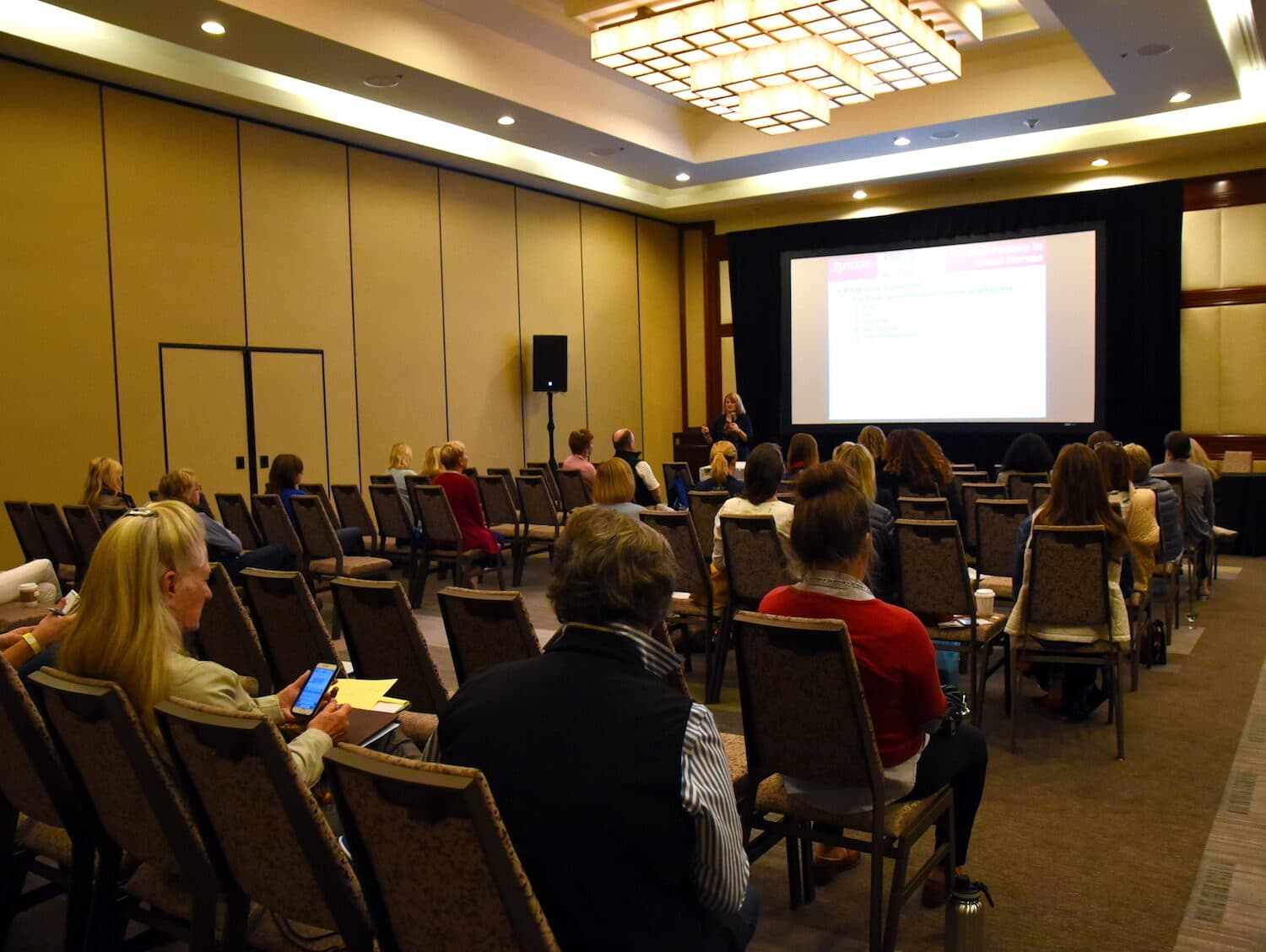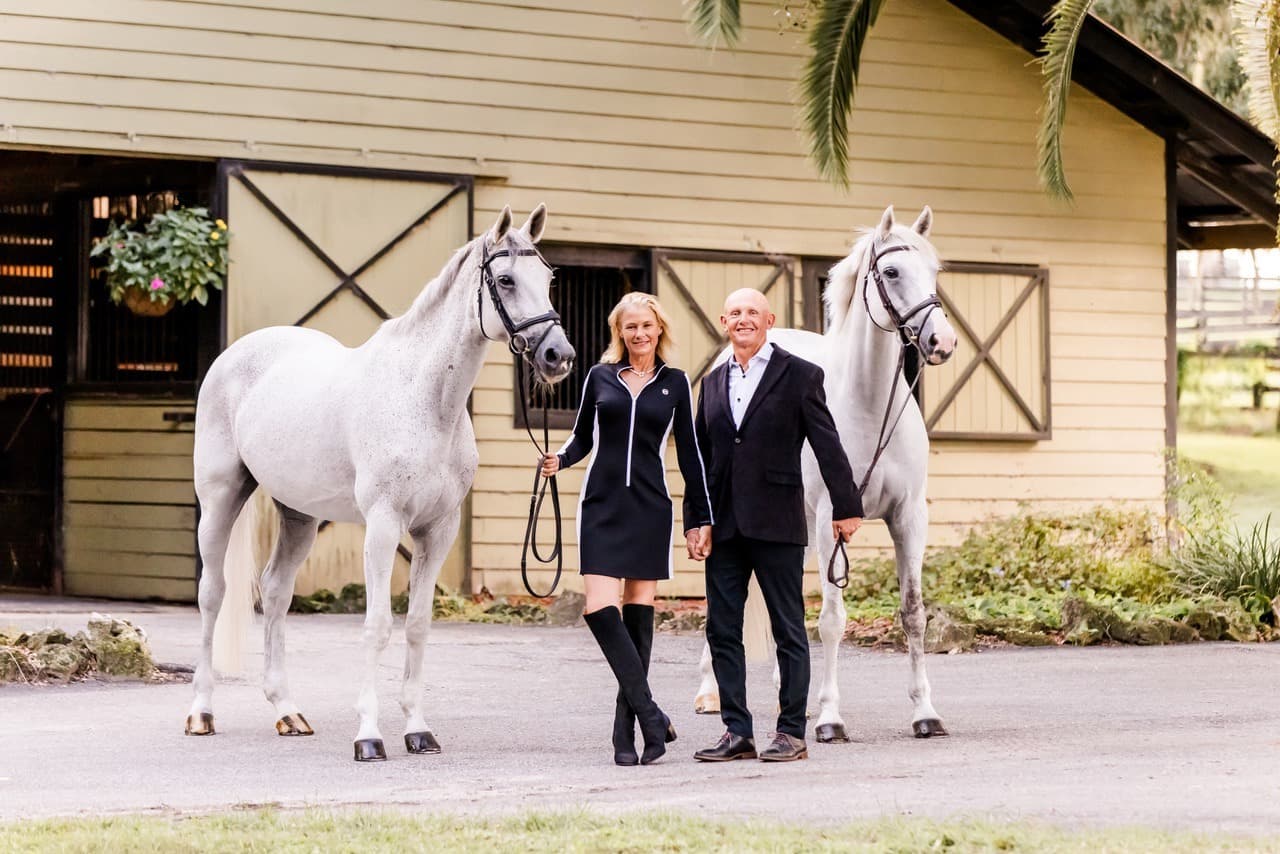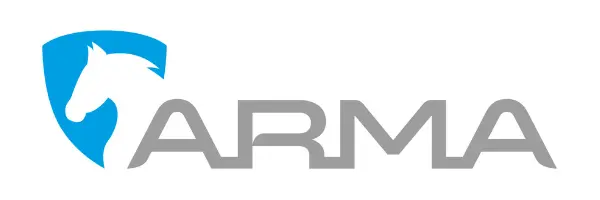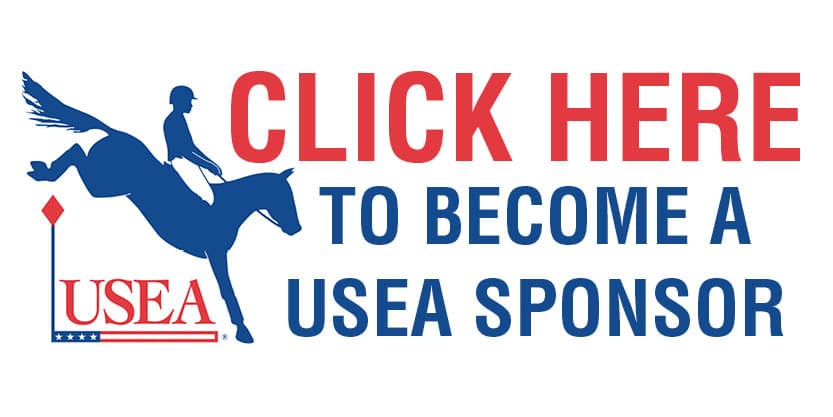Educational Opportunities Abundant at the 2017 USEA Annual Meeting and Convention

While the USEA Annual Meeting and Convention is an opportunity for members of the sport to gather from all over the country to discuss official business, it's also an opportunity for members to attend educational seminars on a variety of topics all in one place! Read on for highlights from some of the educational seminars from the second day of the Convention. If you aren't able to join us in Long Beach, remember you can watch many of the different sessions on the livestream!
Management and Gastrointestinal Health of Event Horses Study Yields Exciting Initial Results
Carey Williams, PhD (Rutgers University) presented the initial findings of the study of Management and Gastrointestinal Health of Event Horses conducted by herself along with Amy Burk, PhD (University of Maryland), Burt Staniar, PhD (Penn State), Frank Andrews, DVM (Louisiana State), and Sarah Reuss, VMD (Boehringer Ingelheim). USEA was involved with advertising the study on the website, social media, and print media.
Williams first gave an explanation of how the horse’s GI tract is structured and explained how the stomach functions, particularly how the pH can change rapidly when a horse’s stomach is empty. She covered the percentage of horses with ulcers in a multitude of different disciplines, the different risk factors that increase the risk of ulcers, and common symptoms. Next, she went on to discuss the different methods of diagnosis and the options for treatment, including what mechanism each of those treatments effects in the horse’s digestive process. Finally, she explained the process that she and her colleagues went through to set up the survey and provided their preliminary results.
- 1,336 horses were represented in the study from 45 states.
- The average age of horses in the study was 10.9 years, ranging from 2 to 30 years old.
- 50% were Thoroughbreds, with Warmbloods representing the next largest group with 12%.
- On average, hay was withheld 10-25 minutes before competition and grain was withheld 2-2.5 hours before.
- Training frequency was 5 days a week and duration was 5 hours a week.
- 44% of horses were suspected of having ulcers and 22% were diagnosed.
- 99% of diagnosed horses were also treated, and almost 50% used GastroGard or UlcerGard.
- 67% of horses received supplements to prevent ulcers.
- Top 5 risk factors: breed, age, type of hay, hours in a stall, and time spent training at the trot.
A more detailed report will be published on the USEA website when the data has been analyzed.
Horse Ownership: The Glue That Holds Our Sport Together
Dr. Mark Hart, Kevin Baumgardner, and Eric Markell each shared their unique story about how they came to be involved in the sport of eventing as an owner as well as why they have continued to be involved in the "Horse Ownership" seminar. Dr. Hart emphasized that he remains involved in the sport as an owner, even now that his daughter no longer riders regularly, because of the fact that the upper levels and the lower levels of the sport are not segregated like they are in many others sports. Lower-level riders have the opportunity to interact directly and regularly with upper-level riders, and “the opportunity for these kids to see their heroes on a week-to-week basis does not happen in other sports.” Additionally, Baumgardner explained that he was driven to give back as an owner as a way to show his thanks to those who have helped him over the years and that horse ownership is a vehicle that can help keep our sport together.
Taking Your Event to the Next Level
Mary Coldren and Jonathan Elliot presided over an open-forum style meeting where they presented several ideas to help organizers take their event “to the next level,” regardless of what level that might be. Coldren first encouraged organizers to look at their own unique situation and ask themselves if they’re doing everything they can possibly do to give competitors the best possible experience. If the answer is yes, you’re doing okay. “Don’t try to ‘keep up with the Jonses,’” she said. She also compared eventing to the customer service industry, saying, “You’ve got to make the competitors feel like this is the best weekend of their life, even when things are going to pieces in the background.”
The group at large discussed topics including volunteers, the Modified level, and the health of grassroots events across the country.
The Fair Hill Four-Star
Ann Haller began by providing a detailed background of how Fair Hill got its start as a venue, all the way back in 1926 when William DuPont Jr. purchased 5,600 acres in northeast Maryland for steeplechasing and fox hunting. She went on to explain how the proposal came together through the work of Fair Hill International, the Marlyand Sports Commission, the Maryland Horse Industry Board, and the Maryland DNR with collaboration and consultation with Fair Hill Races, Cecil County Fair, National Steeplechase Association, Point to Point Timber Races, and Populous, the international sports design group that created the venue for the London Olympic games. The Fair Hill four-star bid, which all these parties were involved with, became the catalyst for something that could have a profound impact on all these organizations.
Haller then provided a detailed description of the changes and upgrades that will be made to the Saw Mill portion of the property, where the existing steeplechase course is, including improvements to the stabling, arenas, footing, parking, and overall spectator experience.
One of the questions posed to Haller by the audience was about the fate of the existing CCI2* and CCI3* competitions. Haller explained that they currently have several working models for what might happen but don’t anticipate them going away completely at first. Another audience member questioned what will happen to the other recognized and unrecognized events during the year. Haller stated that they are in the process of trying to determine how best to balance use of the Saw Mill and Gallaher Road locations and that this is an opportunity to rethink how best to utilize all that Fair Hill has to offer. Haller concluded the session with a thank you to the other bid sites for their dedication to providing quality venues so that our sport can continue to thrive.
Don’t Worry and Keep the Secretary Happy!
Together secretary-extraordinaires, Christina Gray and Mary Coldren, processed over 14,000 entries last year. That is A LOT of paperwork to check for correct numbers, completeness, qualifications, and more. In the seminar, “ABCs of Entering a Horse Trial and Your First FEI Event,” the two secretaries shared some of their tips because as Coldren said, “if the secretary is happy with you, your life is much easier.”
Here are some of the top tips and reminders from the two:
- Go check what system (Xentry, Event Entries, or print and mail) the event prefers you to use in the Omnibus listing.
- Closing date means it must be received by that date (not postmarked)
- Entering an event without paying is like putting an item in your shopping cart, but not checking out. You haven’t actually entered
- If you wait until closing date you may be out of luck. Always enter early.
- If you have a question for the event be complete and specific in your email. Don’t just say “can I buy a bale of hay?” or “my daughter needs to change her division” without including specifics.
- We want to give you the refund, but the policy is listed in the Omnibus and we have to adhere to that stated policy. If the spot can be filled with an eligible entry from the waitlist then you can get a refund.
- Selling entries is not allowed under USEF rules, but some organizers may allow it as a substitution, but with high fees stacked on top.
- Update your profiles (and your horses!) on the USEA, USEF and Event Entry systems
- Make sure to check what paperwork you will need for your first FEI event well in advance. It can take a long time to get a passport back and you don’t want to pay rush fees. A horse needs a national passport unless competing in Canada or at the NAJYRC.
- When entering an FEI event you have to use the FEI system and the normal entry system. However, you can enter an FEI event well in advance – do your whole Spring season in one sitting!
- The rider has to sign the signature page – even if she is only 12 years old
Bridging the Eventing Pipeline
Past USEA President Brian Sabo presented on “Bridging the Eventing Pipeline” – basically creating a pathway for eventers to progress throughout their careers in a sustainable and logical manner. “In order to bridge all pipelines we need people that are interested in staying with the program for a LIFETIME,” explained Sabo.
Sabo started taking lessons with the legendary Hilda Gurnery when he was just 6 years old and by 13 he was teaching his first up-down lessons. His entire childhood was spent volunteering at events and he has continued that tradition with his own program. “Back in the day you would show up a day early and clear the brush in front of the fences,” explained Sabo. “You would dig a ditch and you would paint because otherwise there wouldn’t be an event. “Jump judging is not a negotiable item in our barn. However, there is not the same methodology in every barn – some believe they are just customers. Cost has made you feel like you shouldn’t be volunteering.”
Sabo explained that, unlike other growing equestrian sports, eventing does not have a consistent culture of creating its own future members. There are no pony divisions or often riders cross over from other disciplines. Sabo believes that it is important that we work to develop a pipeline that teaches horsemanship from the beginning and if you start the kids young there will be plenty of good eventers for the future. When the child rider grows through the ages there are plenty of choices to make that will continue to benefit both the eventer and the sport.
USEA Convention: Fast Facts | Website | Livestream | Schedule| Committee Meetings | Program | App for iOS | App for Android
#USEAConvention | Facebook | Twitter | Instagram | Snapchat: @USeventing
About the USEA Annual Meeting and Convention
The USEA Annual Meeting and Convention takes place each December and brings together a large group of dedicated USEA members and supporters to discuss, learn, and enjoy being surrounded by eventing enthusiasts. The USEA organizes multiple seminars in addition to committee meetings, open forums, and tons of fun! The convention is made possible through the support of sponsors: Adequan, Devoucoux, Nutrena, Charles Owen, SmartPak, Rebecca Farm, Mountain Horse, Merck Animal Health, Standlee Hay, Auburn Laboratories, Eventing Training Online, DG Stackhouse & Ellis Saddles, Point Two, Professional’s Choice, Bit of Britain, Staples Inc., World Equestrian Brands, Gallops Saddlery, RevitaVet, CWD, H.E. Tex Sutton Forwarding Company, and Parker Equine Insurance.
Learn more about the 2017 USEA Annual Meeting and Convention by visiting the Convention page on the USEA website.














